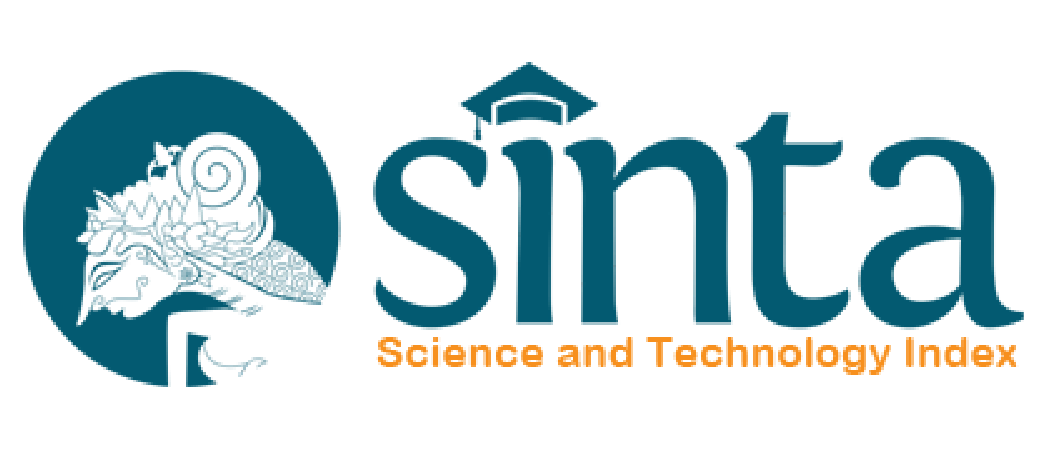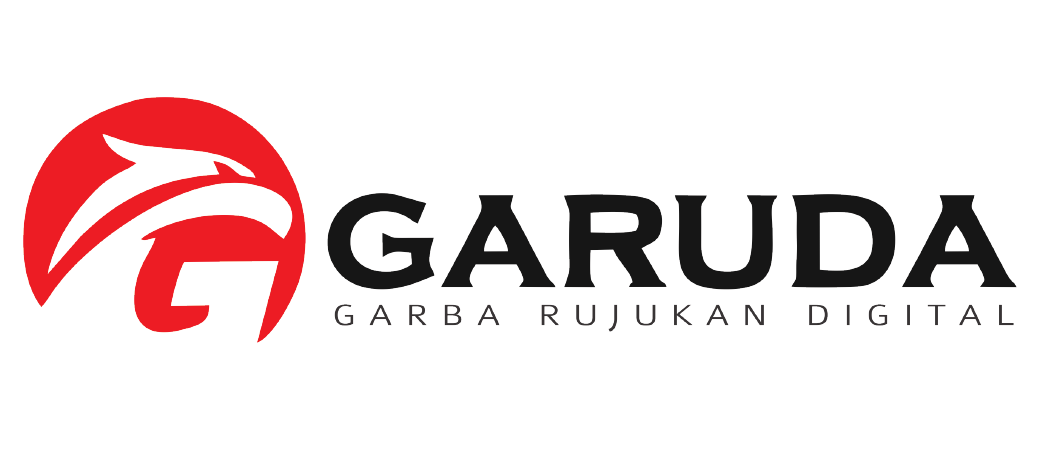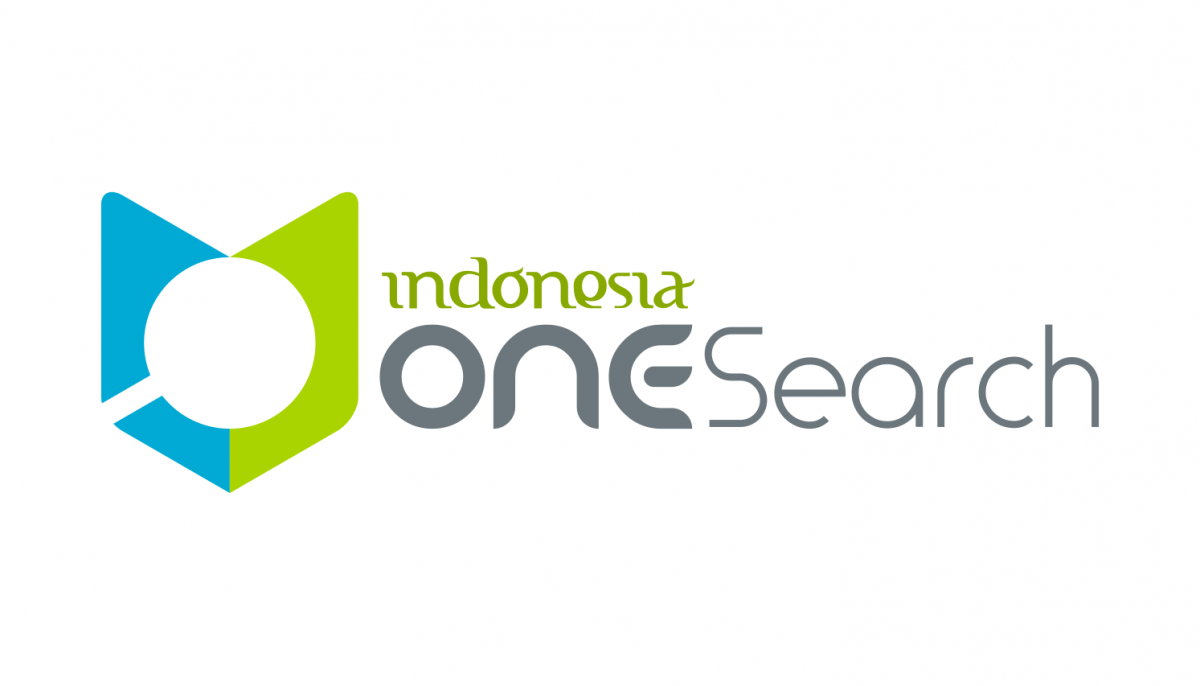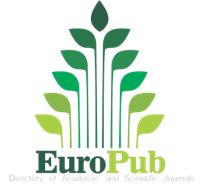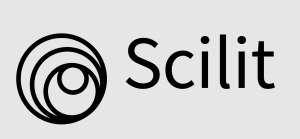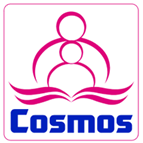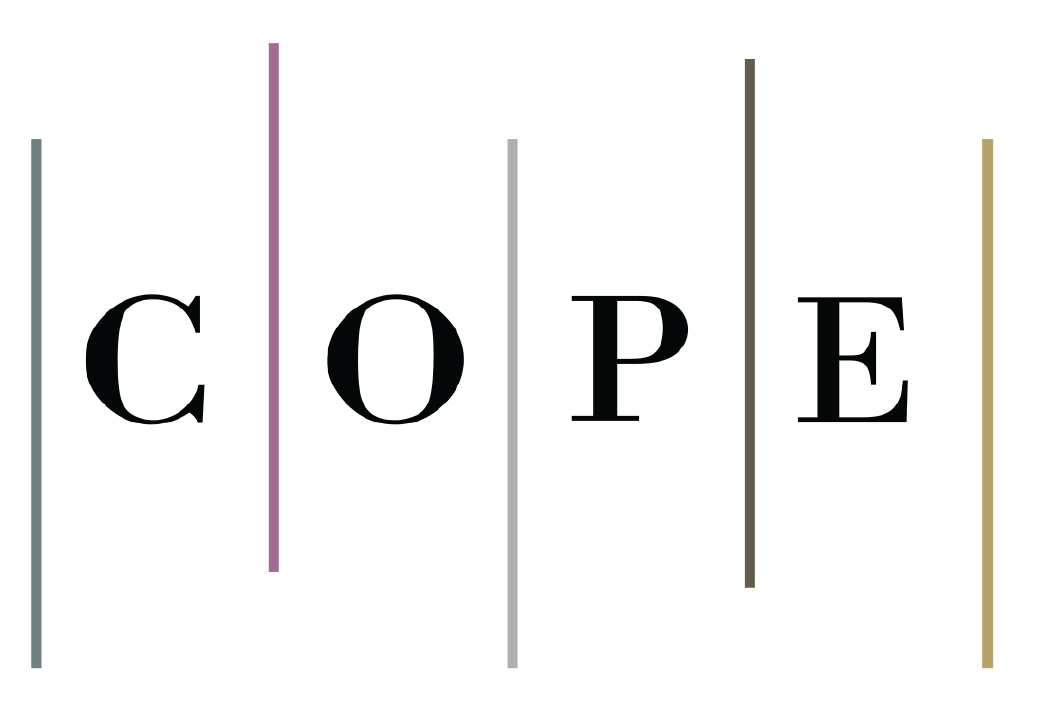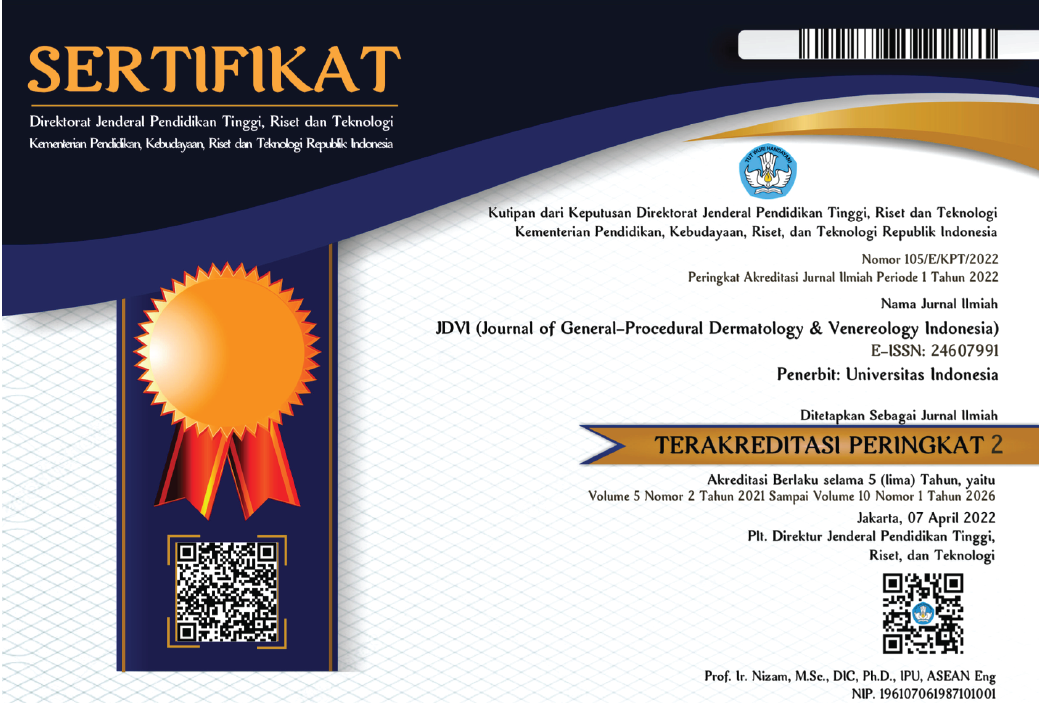Abstract
Background: Facial aging is characterized by the decline and loss of skin structure. Poly-l-lactic acid (PLLA) is a biopolymer and biodegradable injection material that functions as a collagen stimulator. This active ingredient works by stimulating the formation of skin collagen after interacting with the PLLA crystal component. The expected final result is an increase in the skin volume with the thickening and increased density of the skin layers due to collagen remodeling. At present, data on the application of PLLA for facial photorejuvenation remains limited.
Case Illustration: Four patients aged 22-49 years old, with different severity of aging, underwent PLLA injection procedures. The active component was administered through injection with a dilution ratio of 1:1 to 1:2 for the cheeks and temporal area and without dilution for the forehead, smile lines, and chin area. After the injection, a gentle massage was performed, and the patient was instructed to self-massage every day. Each patient was evaluated on the twentieth day and underwent additional injection sessions up to two times.
Discussion: All patients showed improvement as assessed using photography and the Global Aesthetic Improvement Scale (GAIS) 20 days after the procedure. All patients were satisfied with the final result. There was no significant pain during the procedure.
Conclusion: PLLA injection is a safe and effective procedure that stimulates the formation of new collagen adequately. Patient satisfaction with the treatment was excellent, and no complications were observed in all patients.
References
- Cabral LRB, Teixeira LN, Gimenez RP, et al. Effect of hyaluronic acid and poly-l-lactic acid dermal fillers on collagen synthesis: An in vitro and in vivo study. Clin Cosmet Investig Dermatol 2020;13:701–10.
- Chaudhary M, Khan A, Gupta M. Skin ageing: Pathophysiology and current market treatment approaches. Curr Aging Sci 2019;13(1):22–30.
- Bohnert K, Dorizas A, Lorenc P, Sadick NS. Randomized, controlled, multicentered, double-blind investigation of injectable poly-l-lactic acid for improving skin quality. Dermatol Surg. 2019;45(5):718–24.
- Christen MO. Collagen stimulators in body applications: A review focused on poly-l-lactic acid (PLLA). Clin Cosmet Investig Dermatol. 2022;15:997–1019.
- Li K, Meng F, Li YR, et al. Application of nonsurgical modalities in improving facial aging. Int J Dent 2022;2022:8332631.
- Seo SB, Park H, Jo JY, Ryu HJ. Skin rejuvenation effect of the combined PDLLA and non cross-linked hyaluronic acid: A preliminary study. J Cosmet Dermatol 2024;23(3):794–802.
- Campiche R, Jackson E, Laurent G, et al. Skin filling and firming activity of a hyaluronic acid inducing synthetic tripeptide. Int J Pept Res Ther. 2020;26(1):181–9.
- Ors S. The effect of hyaluronidase on depth of necrosis in hyaluronic acid filling-related skin complications. Aesthetic Plast Surg. 2020;44(5):1778–85.
- Chen SY, Lin JY, Lin CY. Compositions of injectable poly-d,l-lactic acid and injectable poly-l-lactic acid. Clin Exp Dermatol. 2020;45(3):347–8.
- Durairaj KK, Devgan L, Lee A, et al. Poly-l-lactic acid for gluteal augmentation found to be safe and effective in retrospective clinical review of 60 patients. Dermatol Surg. 2020;46:S46–53.
- Bravo BSF, Carvalho R de M. Safety in immediate reconstitution of poly-l-lactic acid for facial biostimulation treatment. J Cosmet Dermatol 2021;20(5):1435–8.
- Faria G, Boggio R, Bellini M. Glutaeal remodelling protocol: Volumization with hyaluronic acid and collagen biostimulation with poly-l-lactic acid. Skin Health Dis. 2023;3(4):e244.
- Munia C, Parada M, Morais MH de A. Changes in facial morphology using poly-l-lactic acid application according to vector technique a case series. J Clin Aesthet Dermatol. 2022;15(7):38–42.
- Palm M, Weinkle S, Cho Y, LaTowsky B, Prather H. A randomized study on PLLA using higher dilution volume and immediate use following reconstitution. J Drugs Dermatol. 2021;20(7):760–6.
- Lin CY, Pervykh S, Lysikova V, Markova N, Lin JY. Two-fold serial dilution: A simple method to adjust thickness of injectable poly-d,l-lactic acid. Plast Reconstr Surg Glob Open. 2021;9(8):e3753.
- Nikolis A, Avelar LE, Enright KM. Evaluation of cannula safety in injection of poly-l-lactic acid. Clin Cosmet Investig Dermatol. 2021;14:615–22.
- Ao YJ, Yi Y, Wu GH. Application of PLLA (poly-l-lactic acid) for rejuvenation and reproduction of facial cutaneous tissue in aesthetics: A review. Medicine (Baltimore). 2024;103(11):e37506.
- Oh S, Lee JH, Kim HM, et al. Poly-l-lactic acid fillers improved dermal collagen synthesis by modulating M2 macrophage polarization in aged animal skin. Cells. 2023;12(9):1320.
- Shridharani SM, Tisch GM, Ebersole TG, Moak TN, Edwartz C. Clinical experience of poly-l-lactic acid injections for body contouring treatment. J Cosmet Dermatol. 2021;20(6):1655–62.
- Lee S, Cherel M, Gougeon S, Jeong E, Lim JM, Park SG. Identifying patterns behind the changes in skin pores using 3-dimensional measurements and k-means clustering. Skin Res Technol. 2022;28(1):3–9.
- Avelar L, Ong A, Ong D, et al. Consensus recommendations on the use of injectable poly-l-lactic acid in Asian patients. J Cosmet Dermatol. 2023;22(12):3223-31.
Recommended Citation
Setiawan, Stanley; Handayani, Theressia; and Luziani, Stefani
(2024)
"Facial skin rejuvenation with poly-l-lactic acid (PLLA): Four case studies,"
Journal of General - Procedural Dermatology and Venereology Indonesia: Vol. 8:
Iss.
1, Article 5.
DOI: 10.7454/jdvi.v8i1.1164
Available at:
https://scholarhub.ui.ac.id/jdvi/vol8/iss1/5
Included in
Dermatology Commons, Integumentary System Commons, Skin and Connective Tissue Diseases Commons



